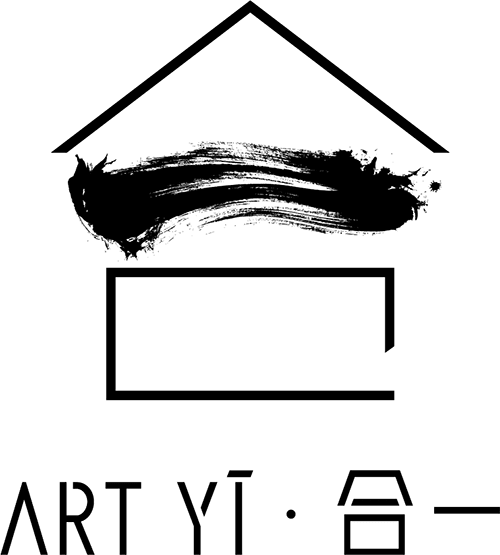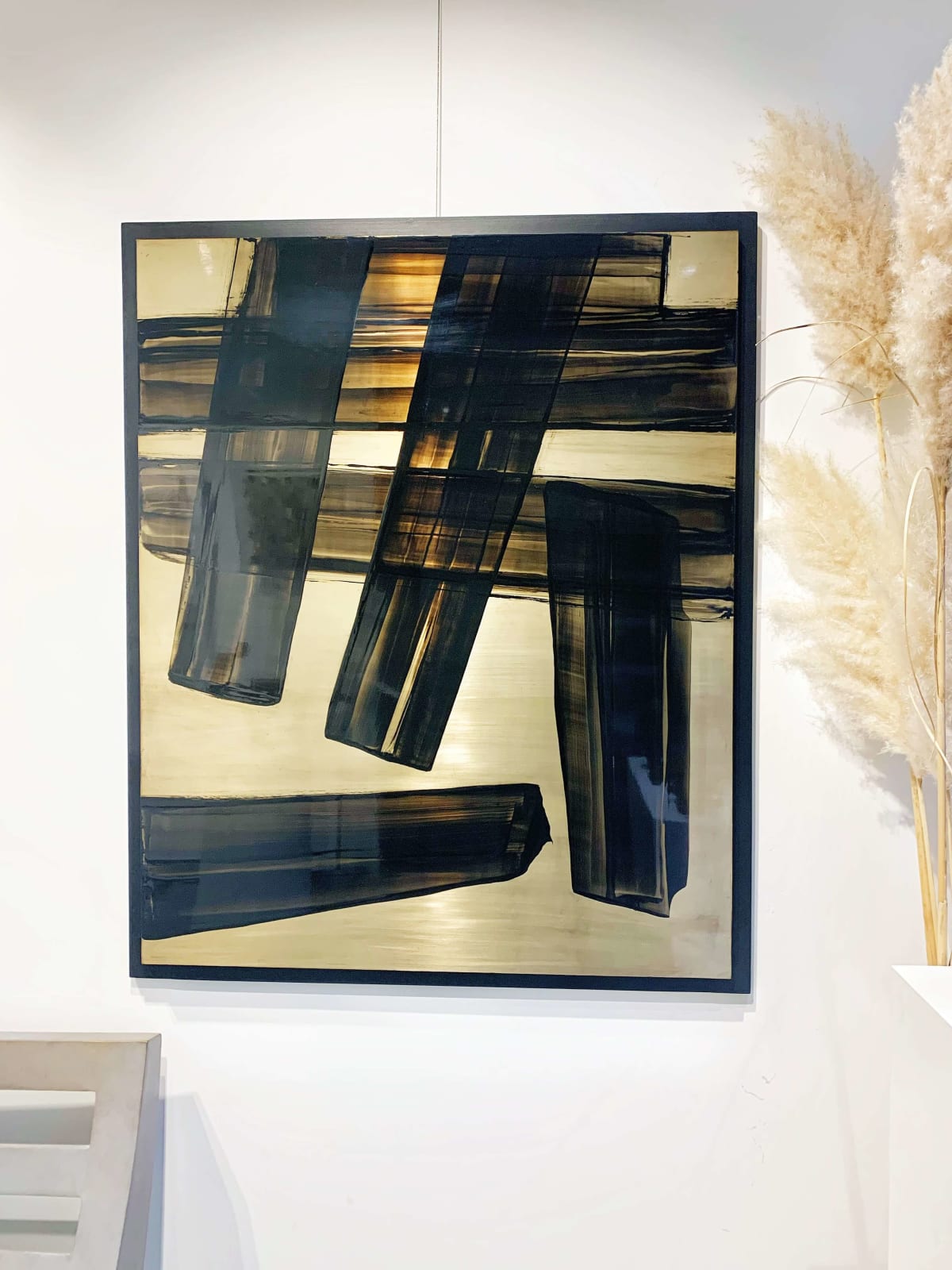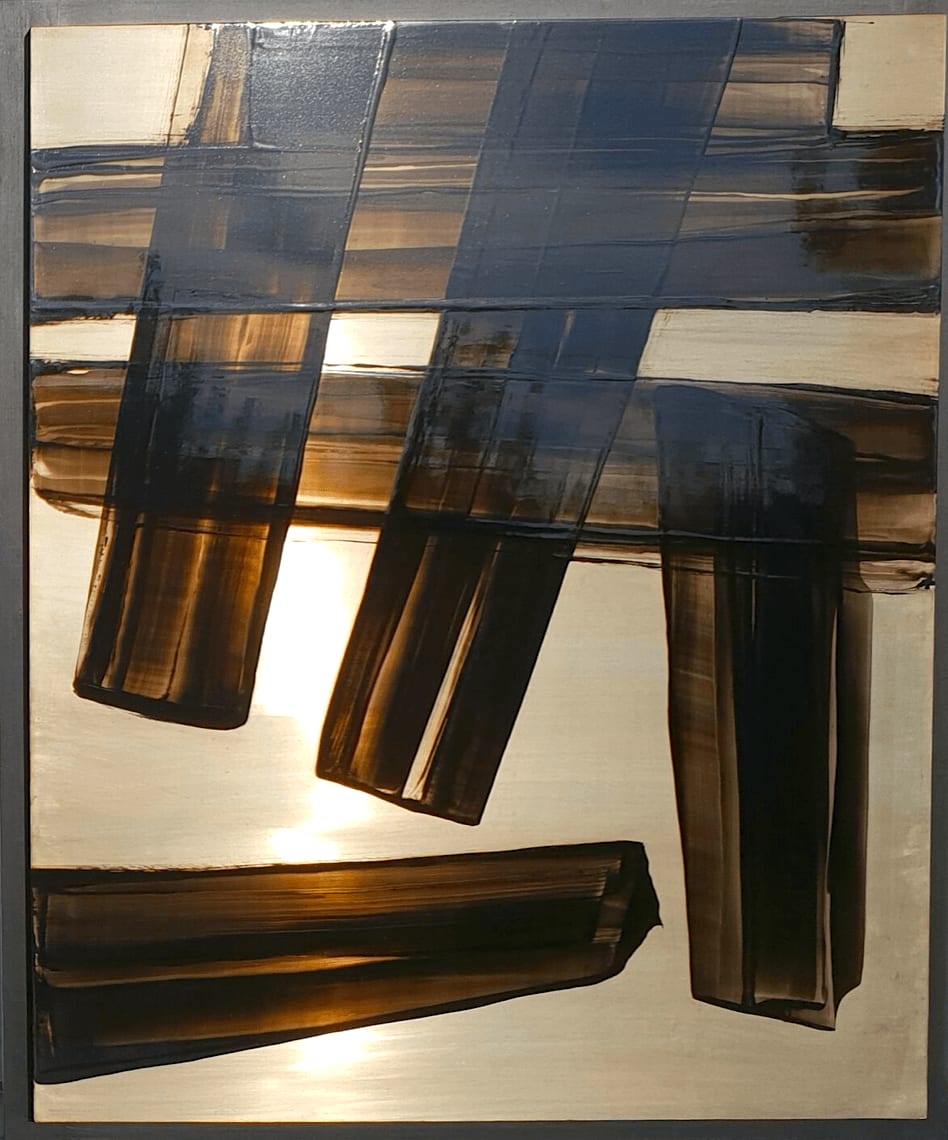Frédéric Halbreich Belge, 1962
52 x 42 7/8 in
• Free Worldwide Art Shipping (DDU)
• Professional Art Packing
• Full Insurance & Gallery Guarantee
• Certificate of Authenticity by Artist & Gallery
• Enquire a Welcome Offer for your 1st Collection
Plus d'images
These new compositions reveal more of the aptly named “Aluminoid” in major or minor, according to two keys: Black – Or de Brou (for walnut husk). Different models of spatulas, smooth or serrated, are used to compose the movements of the opus. Ranges with jet black or ebony, shiny matt or satin sobriety rub shoulders with shades of gold. They combine with walnut husks, this natural pigment with warm accents.
Paraphrasing Serge Poliakoff, whom he admires, the artist confirms that color, or even its tonality, hardly counts, only the quality of the color and the secret light coming from the transparencies of black matter.
Provenance
We know the works of Frédéric Halbreich in lacquer, medium of which he is indeed the only artist to have developed his own technique of lacquer and to sparkle the preciousness in the pure art of his abstraction.
The material support of this journey towards elsewhere is lacquer, a means of expression that sets Frédéric Halbreich apart from any painter past and present. It also differentiates him from the great models and references such as Franz Kline and Pierre Soulages.
"The art of lacquer in pure art".
What interests him is the light.
In his lacquers, he brings it out from inside the painting, through the vector of transparency.
He calls "sacrophage" the support on which he creates his lacquers.
Besides these, there are his canvases: oils and acrylics where he derives his expression more from gesture.
Like lacquer work, these pictorial layers (pigments) – ten or more in number – each require an appropriate time to dry. Then follow new meticulous sanding intended to eliminate scratches or accidents.
At the same time, lacquer acts like a mirror, in which the spectator may discover a reality far beyond his own reflection, even a possible answer to his own existential questions.
As an indispensable counterpoint to that mirror which sends the pictorial even beyond abstraction, here are mat surfaces, paradoxically less black in their opacity.






